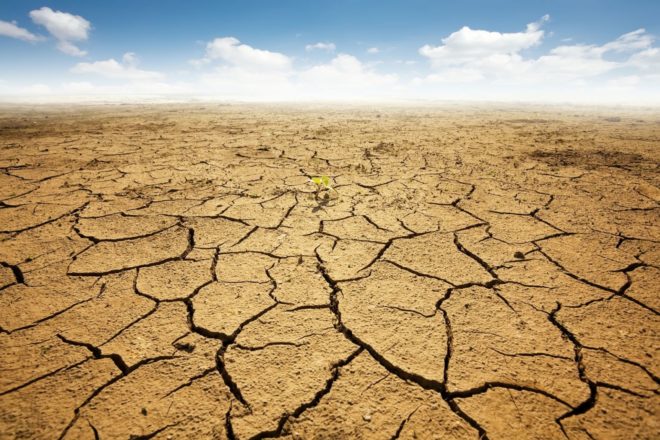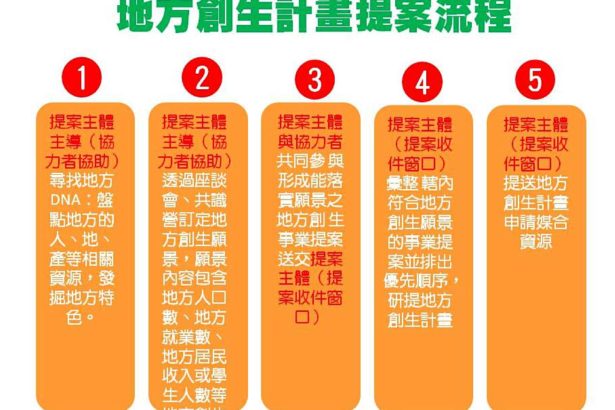Qingnong: stop being world-weary for the time being.
Share + 1 Tweet Email
.
It was mentioned in the previous article that excessive ploughing of the soil in the current mainstream agricultural model has led to serious soil erosion, which is due to the fact that, in addition to the exposed topsoil without vegetation protection, the soil is beaten more carefully and deeper through agricultural machinery. will increase the amount of soil that the current can carry. In addition, ploughing often interferes with or even kills many organisms in the soil, which are good helpers to help the soil form aggregates. (when the soil aggregate structure is better, the soil ventilation, drainage, fertilizer conservation, water conservation, heat preservation and so on will also be improved.)
.
.


Figure | Conserve Energy Future
Wind erosion occurs in natural and man-made landscapes and may affect geomorphological evolution, plant productivity, and human and animal health (Ravi et al., 2011). The effects of atmospheric characteristics include solar radiation, cloud properties (Shao et al., 2011), air quality, and other factors (Field et al., 2010; Ravi et al., 2011). Its impact covers farmland, landscape (landscape), regional and global scale.
.
On the farmland and landscape scale, wind erosion takes away more detailed and chemically active soil, including soil nutrients, carbon and microbial products. Sometimes, wind erosion increases the sand content of topsoil, which in turn reduces soil water retention capacity and plant productivity (Zobeck and Van Pelt, 2011).
.
Although some of the wind-eroded deposits stay at the boundary of the farmland, most of them go into suspended and are carried to the higher atmosphere, thus moving farther. This long-distance dust transport takes place on a global and regional scale.
.
.
The present situation and future of soil erosion?
Although the soil erosion rate of extensive farmland and grazing land is still very high, the erosion rate in some parts of the world has decreased significantly in recent decades. One example is in Brazil, where they began to implement the unorganized cultivation method (no-tillage) around 1980. It is estimated that this has reduced the soil erosion rate of most agricultural land in Brazil by 70% to 90%.
.
However, in most parts of the world, the implementation of soil conservation measures is very slow; the main reason is that "taking soil conservation measures" does not directly help farmers; this is true of intensive mechanized agriculture in western countries or small-scale agriculture in developing countries. This is not surprising, because soil conservation does not immediately increase yield or efficiency, and the harmful effects of erosion on land are only apparent on a time scale of tens to hundreds of years. Therefore, farmers will not be motivated to implement soil conservation measures.
.
In most cases of soil erosion, there are already technologies that can slow the situation down. Therefore, the focus is on how to integrate "soil conservation" into agricultural planning and improve the net income of farmers as a whole.
.
Intensive farming on potentially productive farmland will be an option. In this way, it can not only reduce the development of areas with high soil erosion rate, but also increase biodiversity and carbon storage at the landscape scale.
.
.
Summary
.
If you want to solve the problem, you must redefine / understand "soil erosion".
.
Soil erosion has long been regarded as the core issue threatening the sustainable development of agriculture.
.
Technologies to mitigate soil erosion already exist, and over the past few decades, many efforts have been made to mitigate soil erosion; these efforts have been partially successful. However, the soil erosion of most agricultural land in the world is still very serious, which is related to the lack of financial support (incentives) for today's farmers, who have no incentive to think about soil conservation for the next generation.
.
Soil conservation should be included in policies and plans to support sustainable agricultural development.
.
Here is a 2-minute 30-second short film from the Food and Agriculture Organization of the United Nations, which introduces the general knowledge of the soil. I simply put on the Chinese subtitles; if there are any mistakes in the above articles or film subtitles, please remind me to correct them, thank you.
.
The next article will focus on the irregular cultivation method, that is, do not turn the soil No Tillage, do more introduction, but also please wait patiently!
.
.
References and notes
❶ Chapter 6 of the Status of the World's Soil Resources: Global status, processes and trends in soil erosion | 2015, Food and Agriculture Organization of the United Nations
The ❷ O layer is an organic layer, which is composed of undecomposed or partially decomposed plants. Layer An is the epigenetic layer, which has the characteristics of mixture of decaying organic matter and minerals, or from farming, animal husbandry or similar human interference. | | soil geography and environmental education and teaching resources |
❸ Mt: the abbreviation of Megaton, which refers to the class of million tons. Tg:Trillion grams, which means 1 trillion grams. Mt is the same as Tg, both equivalent to 1000000000 kilograms. | | Kyle's Converter |
.
.
About [Qingnong: stop being world-weary]
I started a friendly farming life at the age of 23.
Since dropping out of school in 2015, I have begun a journey to escape from Taiwan and myself again and again; in the process, it is as cliche as countless backpacker online celebrities: "I have found my favorite lifestyle and beliefs." Because of the stubbornness of caring for the land and life, I was pained and weary of the world. However, in 2017, I went to Southeast Asia to communicate and live with many 25-year-old young farmers (series articles) when I went to Southeast Asia and lived with many young farmers of the average age of 25. "it is precisely because I am young that it is more worthwhile to step on the dirt under my feet and nourish all things," and the idea of taking root was born.
.
I am world-weary because I still look forward to the world, while farming is the way I press a pause for the state of world-weariness, and it is also my ability to find a frank answer to "what is man born for?"
.
Here, I will record from the road to agriculture, perhaps twists and turns, but the beginning is always a good thing.
.
Labor l ó o-lat.
.
.
Other platforms
Instagram Ka K species ê | own species
Facebook Ka K species
Share + 1 Tweet Email
- Prev

Rural and local creation 08 / [illustration] the formation and proposal of Taiwan's local creation plan
Rural and local creation 08 / [illustration] the formation and proposal of Taiwan's local creation plan
- Next

Light up agriculture, sparkle ocean HelloKitty Pingtung to welcome bumper harvest
The 2019 Taiwan Lantern Festival will make its grand debut in Mirs Bay, Pingtung, on February 19. Pan Mengan, mayor of Pingtung County, unveiled the three theme lights of the Agricultural Ocean Lantern District on the 12th, the unique "Pingtung Nonghao HelloKitty Special Zone", 12-meter-high farmers and.
Related
- A course of planting techniques and methods on how to grow carrots
- How to plant the latest tulips?
- Is it better to pick tea in the morning or in the afternoon? When is the best time for tea to be picked? what is the third or fifth tea?
- Launch Yuanxiao Happy combination Haocha + Tea Yuan healthy Taste
- Penghu Tourism "Fireworks 20 Parade with You"
- 2022 West Lake Happiness holds "Digital Revitalization Voucher" and draws iphone13 and laptop.
- Banqiao Fuzhou social houses are designed to change start-up combined with police elimination to create a safe and livable environment
- The convenient measure of "mechanical weeding" in Xinbei has been abused and the Agriculture Bureau has imposed heavy penalties on the illegal land consolidation.
- Changgeng University Joins Hands with Four Memory Factories to Rescue Memory Talent Shortage
- The list of Taiwan's top 100 MVP managers is listed by the Director-General of the Farmers' Association of Sanxia District.

